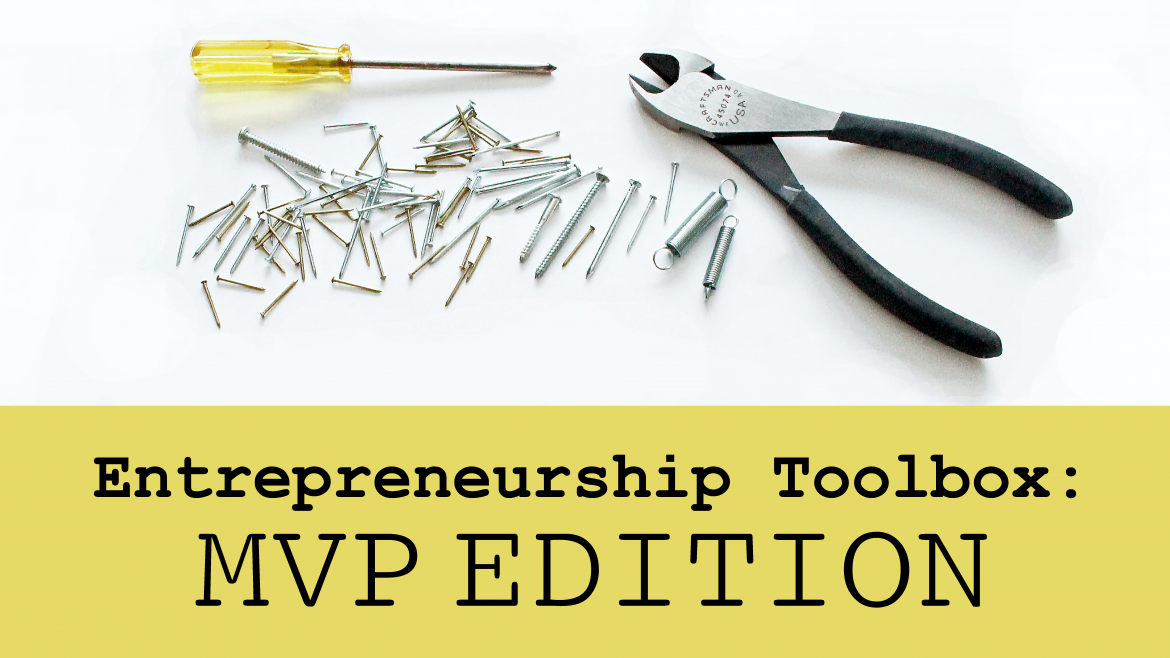The entrepreneurial process is difficult to navigate for anyone, but especially for someone just starting out.
As a continuation of the Entrepreneurship Toolbox: BMC Edition, here we will discuss the Minimum Viable Product (MVP) which is a way to implement your ideas into a functional way to test customers and get feedback.
MPV is a concept from “The Lean Startup” by Eric Ries that puts high significance on the early development of a product or service. An MVP is an early prototype version of a new product or service which allows a company to collect the maximum amount of validated learning about customers with the least effort. This validated learning comes in the form of whether your customers will actually purchase your product. The term was invented by Frank Robinson in 2001, but popularized by Eric Ries and Steve Blank in 2008.
Now that you know what an MVP is, we can now discuss the importance of it. Starting a business involves a high level of risk. An MVP could be one of the best risk mitigators available. Before fully launching a product or service, how is one going to prove the success of it? Surveys, word of mouth or even personal belief are some examples of more ineffective ways of validation. An MVP creates real value and allows you to gain understanding about your customers opinions before you actually create the commercialized product or service. MVP’s are detrimental to counteracting major financial losses and failures. Being able to strategically analyze the conclusions of an MVP is what is going to take you down a path of growth and success. The entire process is equally as important. If one section of the MVP process is slacking it can destroy the entire idea.
One of the most difficult challenges an MVP effort will face is determining what the minimum is. As you develop your MVP you want it to represent your product or service so that you can accurately determine the success of it. If you deliver something that is too complex or has features customers don’t want it will be counterintuitive. Which ultimately means you overspent and now must backtrack.
Another issue may be revenue generation. You will be spending time and money with research and development and marketing, and sometimes not generating a penny. This process reduces risk but also increases risk because you will be spending time and money into a type of your product or service that is not even able to be commercialized. This is the road an entrepreneur travels down though, this is what separates the winners from the losers. The most successful companies implemented an MVP, even if they knew it or not.
Successful MVP Examples
Facebook or previously known as Thefacebook
All Facebook’s (or Thefacebook as it was called when they launched) MVP did was connect students together via their college or class and let them post messages to their boards. The idea already existed in Friends Reunited and other social platforms, but the simplicity of Facebook’s approach and the traction it gained in the virulent world of college graduates proved unstoppable. This allowed almost all of the features that came after to build on that success.
Amazon
Amazon started off selling books online, challenging the Barnes and Nobles of this world who were largely stuck in the bricks-and-mortar age. In 1994 Amazon focused on selling books at a low price. A simple web design was all it took for the company to grow and branch out to become the retail leviathan it is today.
Connor Kenyon, Baylor University student


